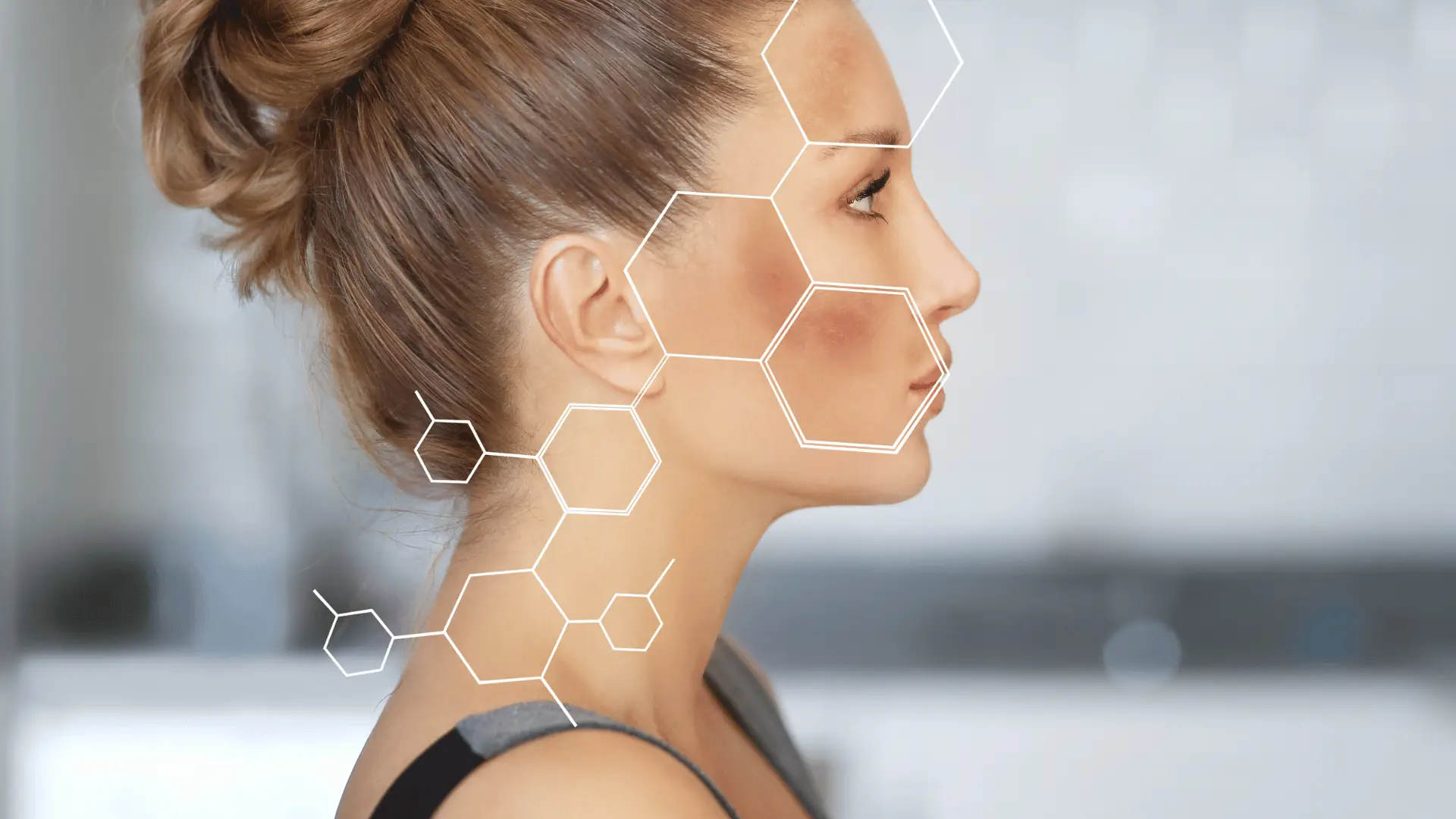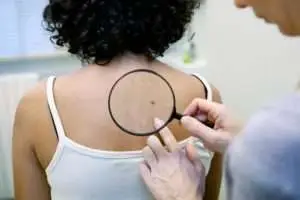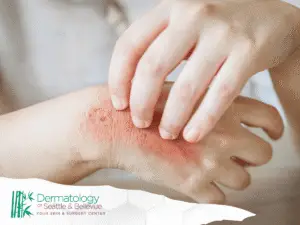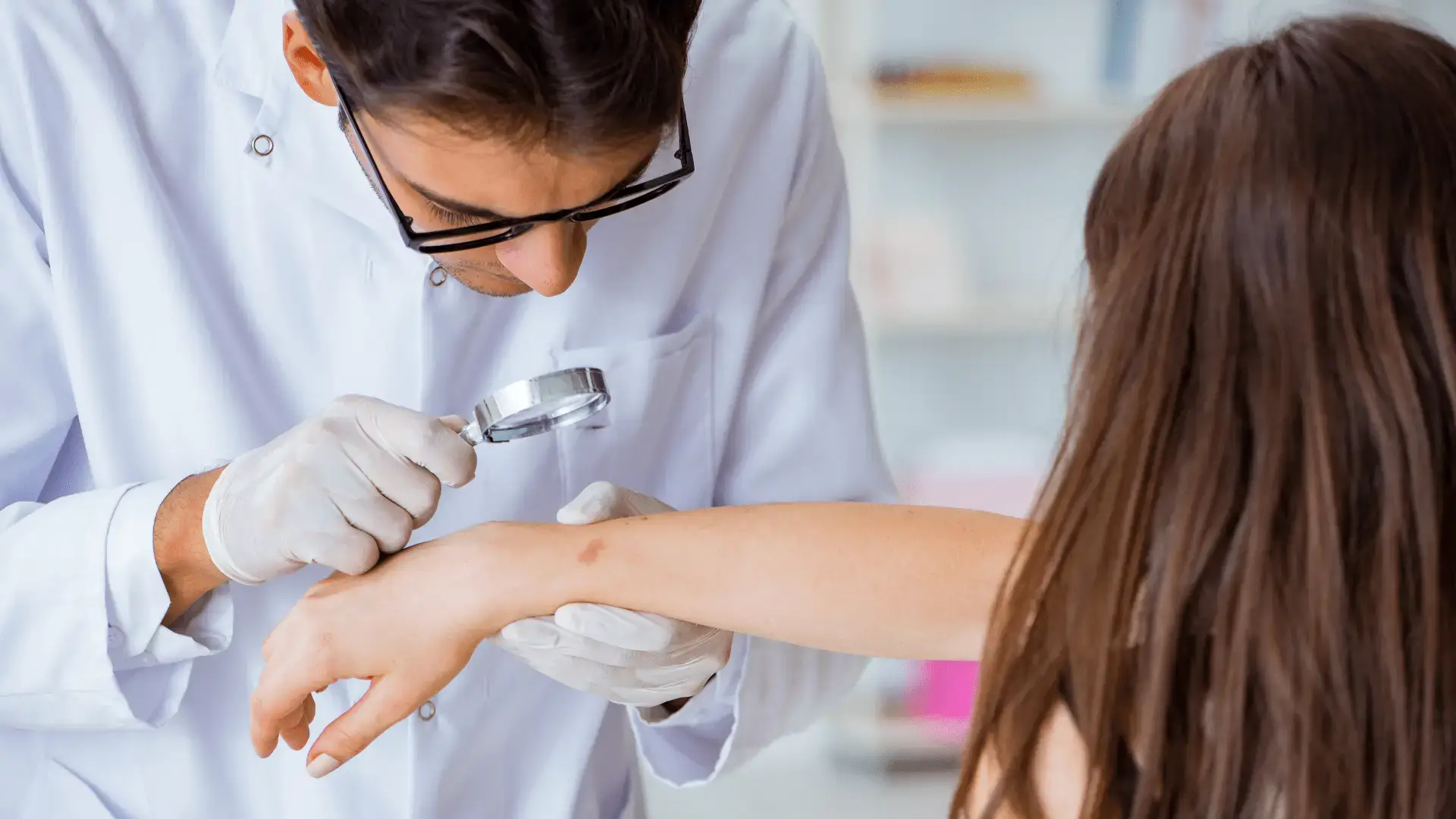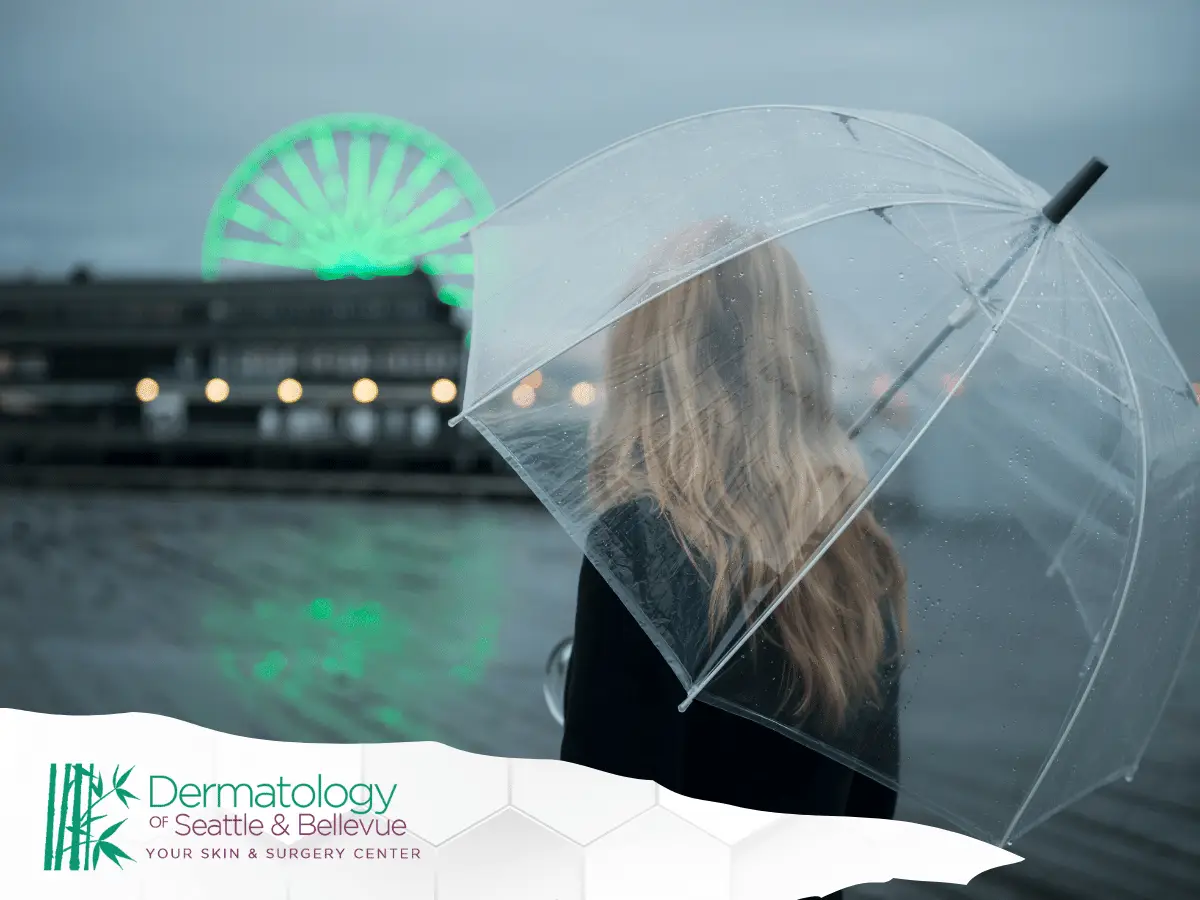When it comes to skin health, it’s essential to be vigilant about changes in your skin’s appearance. While many of us enjoy soaking up the sun’s warmth and getting that beautiful tan during the summer months, it’s crucial to distinguish between harmless sun spots and potentially dangerous skin cancer. In this section, we’ll explore the key differences and provide tips on how to tell them apart.
Understanding Sun Spots
Sun Spots, also known as age spots or liver spots, are common skin blemishes that appear as flat, brown, or dark spots on the skin. They typically develop in areas that are frequently exposed to the sun, such as the face, hands, shoulders, and arms. Sunspots are a result of lots of sun exposure and the skin’s natural aging process. They are generally harmless and don’t pose a significant health risk.
Identifying Skin Cancer
Skin cancer is a serious condition when skin cells change and multiply quickly. There are various types of skin cancer, with the most common being basal cell carcinoma, squamous cell carcinoma, and melanoma. Unlike sun spots, skin cancer can be life-threatening if not detected and treated early. Many people may not realize why skin cancer occurs without sunburn, as it’s often associated only with excessive UV exposure. Factors such as genetic predisposition, skin type, and certain medications can increase the risk of developing skin cancer even in the absence of noticeable sunburn. Additionally, exposure to tanning beds and environmental pollutants can also contribute to this serious condition.
Key Differences
Now, let’s delve into the key differences between sun spots and skin cancer:
Appearance
- Sun Spots: Sun spots are usually uniform in color and shape. They are flat and appear as small, round, oval, brown, or tan spots on the skin. They are often consistent in size.
- Skin Cancer: Skin cancer lesions may vary in color, shape, and size. They can appear as irregular, asymmetrical, or changing moles. Look out for lesions that are multicolored, have uneven borders, or evolve over time.
Texture
- Sun Spots: Sun spots are generally smooth to the touch and don’t cause any discomfort.
- Skin Cancer: Skin cancer lesions may be raised, scaly, or develop ulcers. They can sometimes itch, bleed, or become painful.
Evolution
- Sun Spots: Sun spots tend to remain stable over time and may not change significantly.
- Skin Cancer: Skin cancer lesions often evolve. If you notice any changes in size, color, shape, or symptoms like itching or bleeding, it’s essential to seek medical attention promptly.
Skin Cancer Types and Their Characteristics
Skin cancer is a prevalent form of cancer that affects millions of people worldwide. It occurs when abnormal skin cells grow uncontrollably, and there are various types of skin cancer, each with its own characteristics and risks. In this section, we will explore the most common types of skin cancer and their distinguishing features.
Basal Cell Carcinoma (BCC)
Basal cell carcinoma is the most common type of skin cancer, accounting for the majority of skin cancer cases. It typically appears on areas of the skin that are exposed to the sun, such as the face, neck, and ears. Here are some key characteristics of BCC:
- Appearance: BCC often presents as a pinkish or pearly bump with a slightly elevated, rolled border. It may also resemble a sore that doesn’t heal.
- Growth: BCC grows slowly and rarely metastasizes to other parts of the body. However, if left untreated, it can become invasive and cause damage to nearby tissues.
Squamous Cell Carcinoma (SCC)
Squamous cell carcinoma is the second most common type of skin cancer. It is more likely to spread compared to basal cell carcinoma. SCC typically develops in sun-damaged areas but can also arise from pre-existing conditions like actinic keratosis. Characteristics of SCC include:
- Appearance: SCC often appears as a scaly, red patch or a firm, raised nodule. It may crust or bleed, resembling a persistent sore.
- Growth: SCC tends to grow faster than BCC and can metastasize to other areas if not treated promptly. Early detection and treatment are crucial.
Melanoma
Melanoma is a less common but more aggressive type of skin cancer that arises from melanocytes, the pigment-producing cells in the skin. Melanoma can develop anywhere on the body, including areas not exposed to the sun. Recognizing melanoma involves assessing the ABCDEs: It’s essential to monitor any new or changing moles, as these could indicate potential melanoma development. Individuals should also be aware of sun spot characteristics and concerns, as some benign spots may resemble melanomas. Regular skin checks and consultations with a dermatologist can help in early detection and treatment.
- Asymmetry: Melanoma lesions are often irregular in shape, with one half not matching the other half.
- Border: Melanomas have uneven, jagged, or poorly defined borders.
- Color: Melanomas can display a variety of colors, including black, brown, blue, red, or white.
- Diameter: A melanoma is usually larger in diameter than a common mole, typically exceeding 6 millimeters.
- Evolution: Any changes in size, shape, color, or symptoms (itching, bleeding) should be promptly evaluated.
Merkel Cell Carcinoma (MCC)
Merkel cell carcinoma is a rare but aggressive type of skin cancer that affects the Merkel cells responsible for the sense of touch in the skin. Characteristics of MCC include:
- Appearance: MCC often presents as a firm, painless nodule or lump that is red, purple, or skin-colored.
- Location: It commonly occurs on the head, neck, and extremities, with a predilection for sun-exposed areas.
- Aggressiveness: MCC is more likely to metastasize to other parts of the body and requires prompt treatment.
Kaposi Sarcoma
Kaposi sarcoma is a skin cancer that typically affects individuals with weakened immune systems, such as those with HIV/AIDS. Characteristics of Kaposi sarcoma include:
- Appearance: Kaposi sarcoma presents as purplish or reddish-brown lesions that may resemble bruises or patches.
- Distribution: It often appears on the skin, mouth, or internal organs.
- Aggressiveness: While it is typically less aggressive in people with intact immune systems, it can be severe in immunocompromised individuals.
Understanding the characteristics and differences between these skin cancer types is crucial for early detection and effective treatment. Regular skin self-examinations and professional screenings by a dermatologist are essential for maintaining skin health and catching potential issues in their early stages. If you notice any suspicious changes in your skin, consult a healthcare professional promptly for proper evaluation and guidance.
When to Seek Medical Advice
If you have any doubts or concerns about a skin lesion, it’s always best to consult a dermatologist. We at Dermatology of Seattle & Bellevue perform a thorough examination, including a biopsy if necessary, to determine whether the spot is benign or potentially cancerous.
Remember that early detection is key to successful skin cancer treatment.
In conclusion, while sunspots are a common and harmless result of sun exposure and aging, it’s crucial to be aware of the differences between sun spots and skin cancer. Regular self-examinations and professional skin checks are essential for maintaining healthy skin and catching potential issues early. It is worth protecting your skin, so stay informed and take action when needed. Contact us! Additionally, it’s important to remember that skin cancer can develop even in individuals with limited sun exposure, leading to skin cancer in unexposed areas. This underlines the importance of vigilance and regular screenings, regardless of your sun exposure history. By prioritizing your skin health, you can minimize risks and ensure early detection of any concerns.

